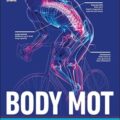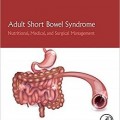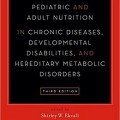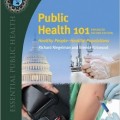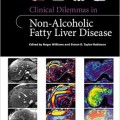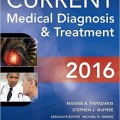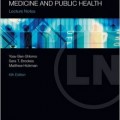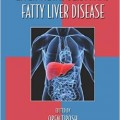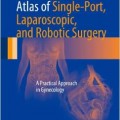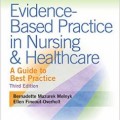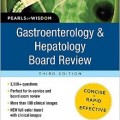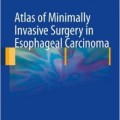دانلود کتاب بیماری چاقی بری و بوچارد (۲ جلدی)
Handbook of Obesity, Two-Volume Set, 4ed
This 2 volume set comprises of the 3rd edition of Volume 1 and the 4th edition of Volume 2, both published in 2014.
In recent years, we’ve developed a much better grasp of the biological and other factors associated with the development of obesity. New clinical trials, discoveries related to drug use, and greater understanding of the benefits of weight loss in obese patients have expanded the field of research in this area. Reflecting our evolving understanding of causes and consequences, the two-volume set Handbook of Obesity explores every facet of this disease from cause to cure.
Volume One: Epidemiology, Etiology, and Physiopathology provides comprehensive coverage of the biological, behavioral, and environmental determinants of this critical illness. This new edition is divided into five sections exploring essential factors involved in obesity research:
- History, Definitions, and Prevalence: Changes over time surrounding our notion of obesity, adiposity traits, and the epidemiology of obesity in various populations
- Biological Determinants of Obesity: Genetic and epigenetic evidence, fetal life and postnatal influences, the use of animal models in research, endocrine issues, molecular aspects, and issues related to viral infection and adiposity
- Behavioral Determinants of Obesity: The effects of food and ingestive behavior, smoking, breastfeeding, sleep duration, work/leisure time activity, and sedentary behavior
- Environmental, Social, and Cultural Determinants of Obesity: The role of agriculture and the food industry, the urban environment, social and economic aspects, cultural factors, environmental pollutants, and economic costs
- Consequences of Obesity: How excess weight affects and exacerbates a range of comorbid conditions, including diabetes, cardiovascular disease, pulmonary disorders, arthritis, and cancer
Volume Two: Clinical Applications explores essential factors involved in obesity prevention and treatment:
- Prevention of Obesity: Strategies such as reengineering the environment to encourage physical activity and prevent excessive weight gain in children and adults
- Evaluation of the Overweight or Obese Patient: Methods for assessing the overweight individual and the role of the primary care physician in patient management
- Medical Treatment of Obesity and Weight Management Issues in the Treatment of Obesity: Lifestyle for weight loss and weight maintenance, diet and exercise, medications, herbal agents, and issues related to childhood obesity
- Surgery: Screening for bariatric surgery, laparoscopic banding, liposuction, and other surgical techniques and strategies for operative and postoperative care
- Epilogue: The economic assessment and cost-effectiveness of treatments for obesity, how obesity is viewed internationally, and governmental responses to challenges arising from the growing prevalence of obesity
Presenting the insight of international experts and edited by two eminent leaders in obesity research, this two-volume set is essential for health care providers in search of a comprehensive and up-to-date guide to diagnosing and treating obese patients.
Review
“This two-volume set of books is the most comprehensive encyclopaedia of obesity that I have read … Name any aspect of obesity and this book has it covered! Reading it from beginning to end is a pleasurable education, whilst digital access via VitalBook (eBook) on your VitalSource Bookshelf (included in the price) will enable immediate offline access in the clinic or seminar…The book is the product of a huge international college of contributors whose presentations are ably and intuitively orchestrated by the editors. As a comprehensive treatise on all aspects of obesity I cannot recommend it enough.”
―Jim Young, Editor-in-Chief, Glycosmedia
“As an obesity specialist, I plan on giving this a thorough reading and recommending it to colleagues …The book covers prevention of obesity, initial evaluation of the overweight/obese patient (including methods for doing so), medical and surgical options, including lifestyle modifications, and finally the health services/healthcare systems implications of obesity. It is a thorough, up-to-date, and detailed book.”’
―Meltem Zeytinoglu, MD, MBA, University of Chicago Medical Center for Doody’s Review Service









